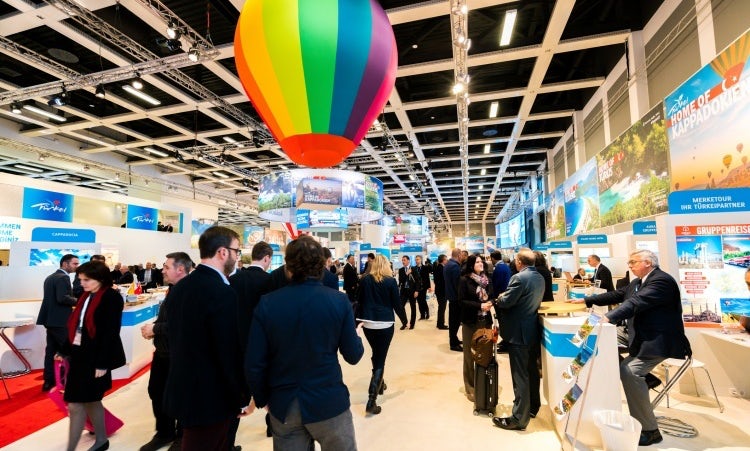
A trade show is an important event in the business world. It is a meeting, sometimes multiple times a year, between businesspeople and business partners to discuss their products and/or services and to present their new ones to the other participants. Trade shows usually involve the transfer or exchange of products or services from one individual or organization to another, usually in exchange for cash. Economists often refer to such an exchange as a marketplace or network.
For a company, trade show exhibitions represent one of the best ways to introduce new products, change existing ones, meet potential clients, and attract new customers. The advantages for companies are therefore many. To start with, trade show booths are usually very attractive, and they are loaded with brochures, samples, or information about the company and its activities. The company representatives can visit the booth virtually all day, talking to as many people as they can, and talking over again to potential customers. The company representatives then go home with some useful information about the company, its products and services, and its mission and goals.
Another advantage for the company is that it gets to showcase its brand or trademark, and its product or service. The brand is developed over time and becomes part of the company’s identity. People get to see, touch, smell and taste the brand, which helps them relate to it. This is also one of the reasons why trade show displays are so attractive: it is not just a billboard, a sign, a television screen, or a display panel. It is a whole interactive display system, which allows its advertisers to make their brands known and visible. Trade show booths can therefore be very effective tools for branding, when properly used.
Trade shows, however, have disadvantages as well. In some cases, companies tend to dominate the entire exhibits in a particular industry – by buying entire trade fair spaces, renting them out and paying exhibit staff wages. They dominate the entire fair, dominating the displays, the trade shows and the fair itself. The effect is not necessarily good for the industry, since customers who visit a given industry may not be represented at other exhibits, nor be able to compare products and services in other fields at the same time. This can significantly limit the amount of competition a particular business receives.
And in some industries, trade shows are seen as a tool for marketing, rather than as an advertising method. Brand recognition is crucial for businesses to grow, and companies can achieve this only through exhibiting their goods and services to the target market. However, with so many competitors at trade shows, a company needs to choose the right exhibits to attract the target market. Some exhibitors, for instance, excel at showcasing old or established products, while others excel at offering new products or introducing new or different models to increase customer interest.
Trade shows are also useful venues for attracting new customers. If a company has an existing customer base but wants to expand its clientele, it can use its presence at a trade show to attract new customers. For example, if a company plans to expand into a new state but doesn’t have a booth at the show, it can set up an exhibit in a location where it will be noticed. For example, it might set up a booth in a car dealership or at a technical school. By doing so, it is likely to gain a lot of attention, even among those who wouldn’t normally have been aware of the company’s existence. By attracting new customers and maximizing the amount of exposure a company gains, trade shows are invaluable venues for promoting a company and gaining new customers.












